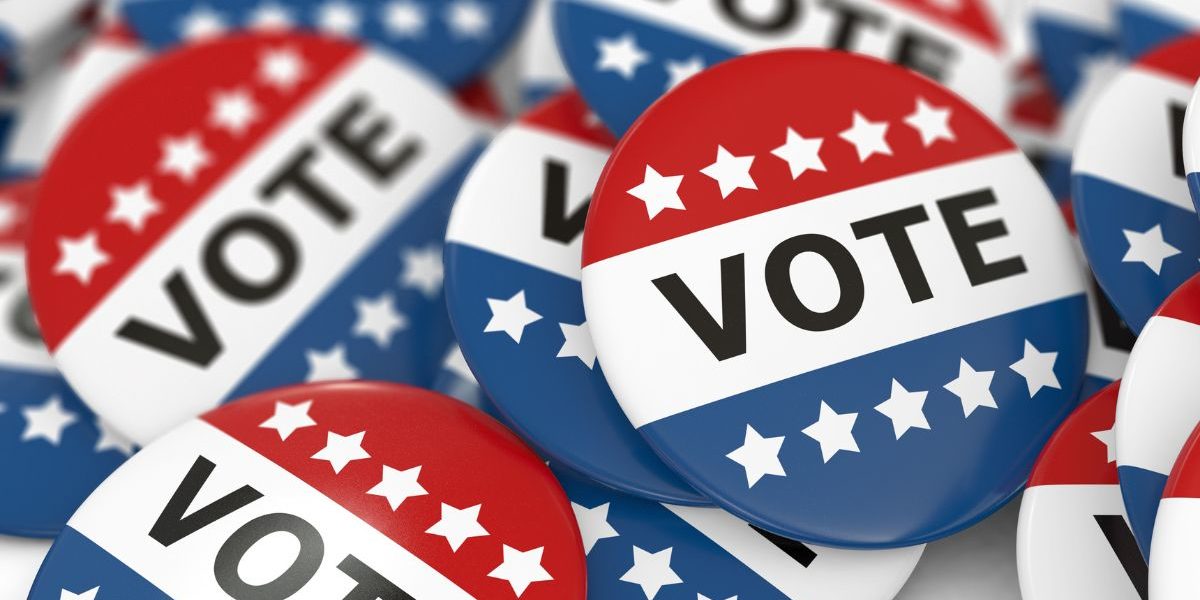The Great Depression was the most severe economic collapse of the modern western world, but how does it stack up to today’s COVID-19 crisis? In 1929, the US entered an economic recession. In the following years the stock market crashed, the quality of life in America plummeted, and the economy tanked. People struggled to find jobs and times were tough for most Americans. Things did not start to turn around until the beginning of World War II when military equipment production kicked into gear. The COVID-19 crisis is very similar in comparison to economic statistics, but there are many differences to consider including preparedness, recovery, and cause.
Economists use a number of indicators to determine the state of our economy. One major indicator is Gross Domestic Product (GDP). Generally speaking, GDP is the value of all goods produced in a country. During the Great Depression, GDP fell roughly 30 percent. In the second quarter of 2020, GDP fell a whopping 31.7 percent.
In addition to GDP, unemployment is another indicator of economic activity. Unemployment rose above 20 percent in the peak of the Great Depression, while unemployment in April was at 14.7 percent.
It is important to understand that the figures from the Great Depression are not exact. Technology and methodologies were not as advanced in the early twentieth century, thus the data from the Great Depression-era is not as accurate as it is today.
Even though these figures are not completely reliable they are still accurate enough to compare them to today. There is a similar drop in GDP, and unemployment is reaching record numbers. These numbers show a frightening similarity.
The primary distinction between the two is the cause. COVID-19 was obviously the major contributor to our current economic state; people are unable to work, and consumerism is severely limited. The Great Depression had many more complicated causes.
The Great Depression was caused by a number of factors from a reduction in spending, stock market crash, and general panic. The cause of the decline is very important for multiple reasons. Most significantly, in the case of the United States, the cause was very direct and controlled to an extent; businesses were closed by the government as a result of the virus. For this reason, the path to return is clear; however, when the United States will get there is another question. The Great Depression, on the other hand, was an uncontrolled downward spiral fueled by panic. There was no clear way to get out of this depression, and the main reason that the United States did escape the Depression was the onset of World War II in the late ’30s.
Another difference, fortunately, is that the US is far better protected from economic collapse due to the Depression. After the Depression, many safeguards were put into place. The Federal Deposit Insurance Corporation was put into place to protect both the money of individuals and the banks. Welfare and other social protections were enacted, and trillions of dollars were allocated for unemployment and social welfare during COVID-19.











